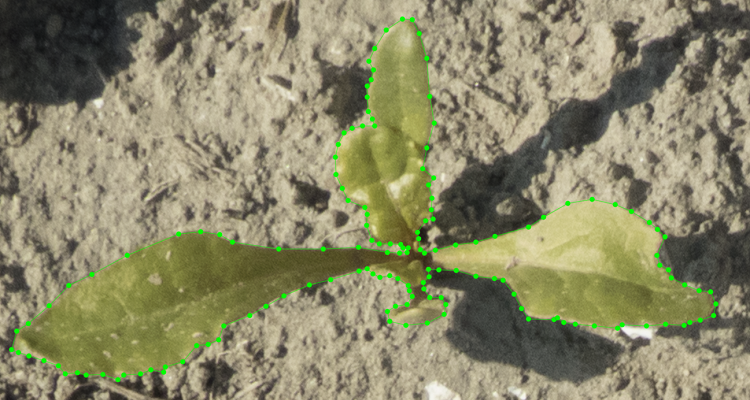
Thesis subject
Software for another chair group or institute (MSc/BSc)
Developing software to be used in the real scientific context of another chair group or institute
Short description
In many fields of science, software plays an important role. Most software is developed as a by-product of the scientific study itself. Often, the software is incomplete and hard to transfer to other scientists. Even using such software by others than the original creator can be a challenge.
By applying proper Software Engineering techniques to the (re)development of such software, the software becomes easier to use as well as easier to maintain and expand.
The initiative for this kind of projects can come from the student who has experience with the software (e.g. using it in a course) or from the chair group or institute who recognize the need to make the software more accessible.
Examples (past):
- A new and extended implementation for a breeding selection tool
- Control of olfactory measurement experiments
- Adding new functionality to an in-house simulation framework
Objectives
- Design and implement scientific software
- Perform experiments with the software and report the results
Tasks
The work in this thesis entails:
- Describing the problem to be solved, and the role of software in it
- Defining development steps and prioritizing them
- Designing the major components of the system (incrementally)
- Implementing and testing parts of the system
- Performing experiments with the system
- Reporting on the scientific results from the experiments
Literature
- text books on Software Engineering and Design Patterns, and more specific literature as needed
- specific literature for the scientific problem
Requirements:
- Courses: Software Engineering (INF32306) for MSc, Programming in Python (INF22306) for BSc, relevant course(s) from the other chair group
- Required skills/knowledge: to successfully perform this kind of thesis you should be purposeful
- Interest: working on the boundary between Information Technology / Computer Science and other sciences; creating software for real stakeholders
Key words: Scientific Software, Software Engineering
Contact person(s)
Mark Kramer (mark.kramer@wur.nl)